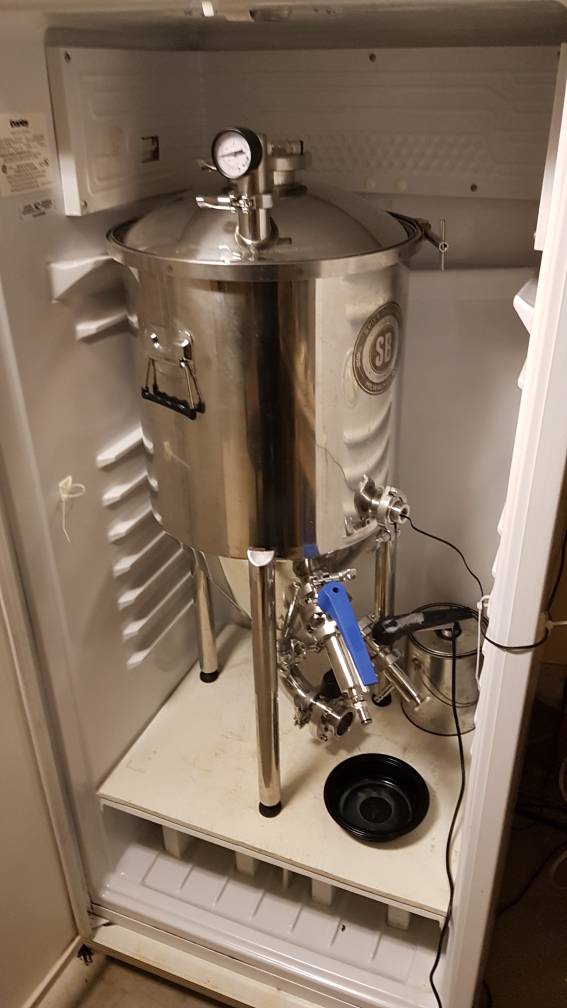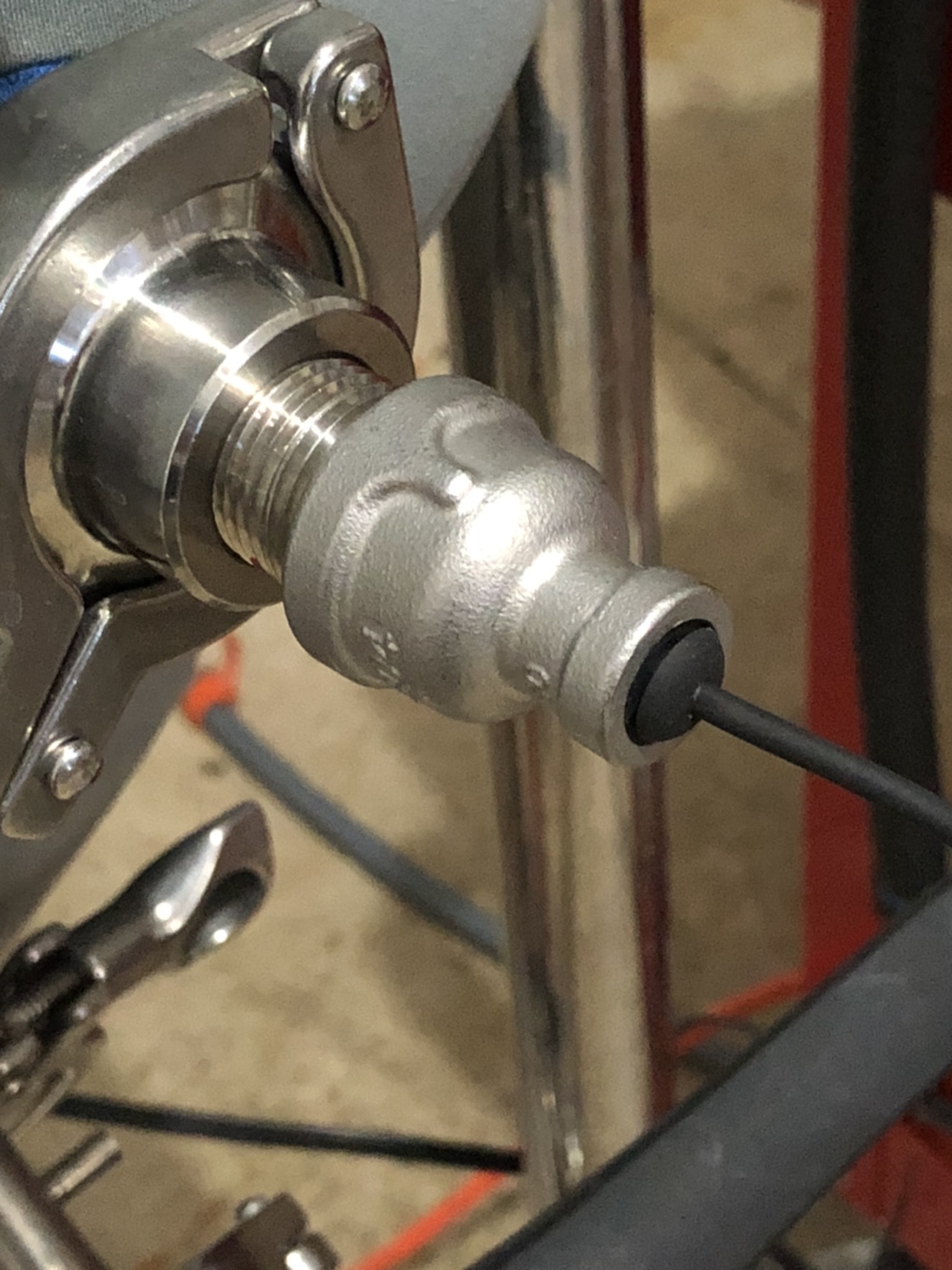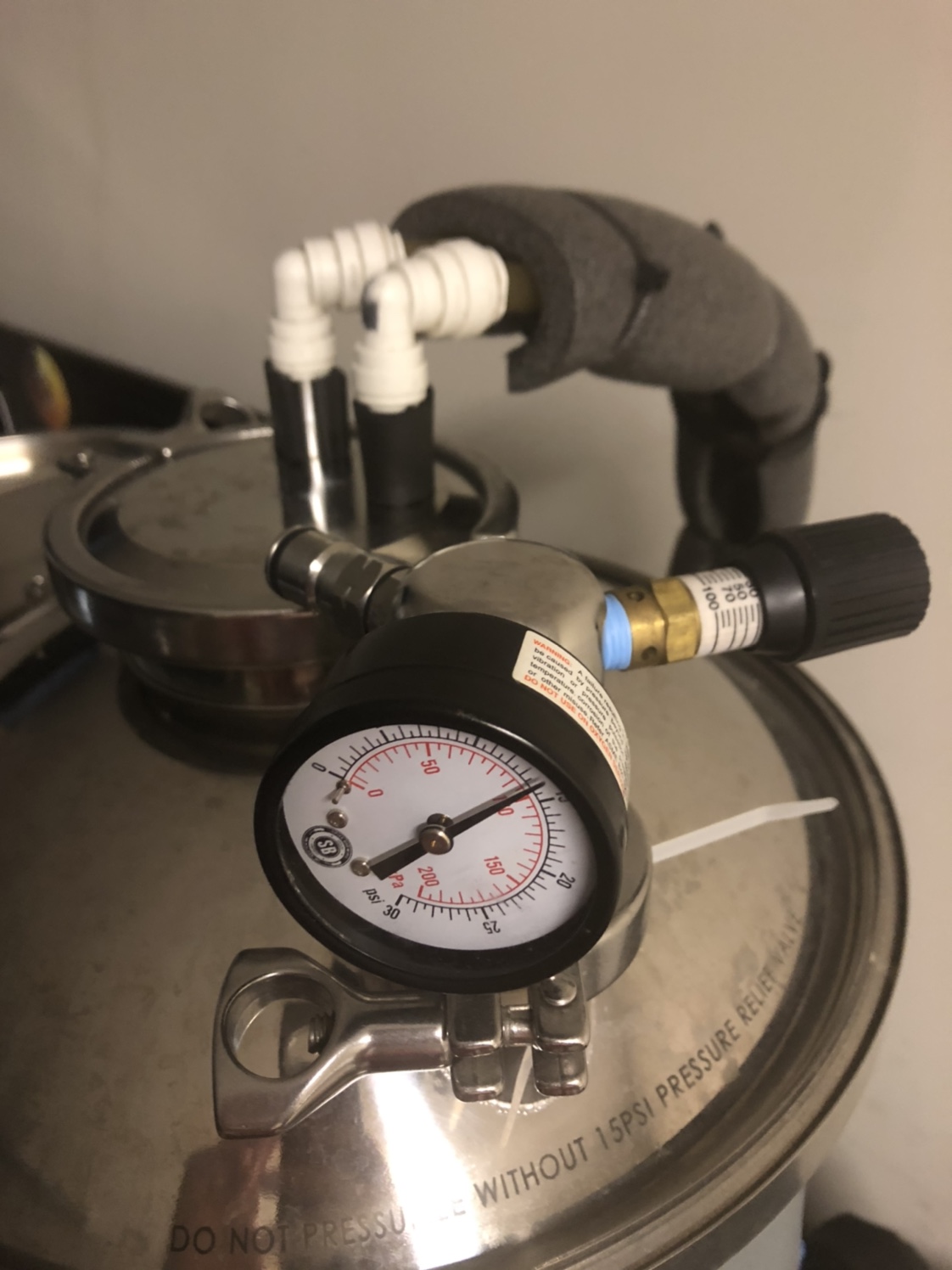Thanks for all the replies! Looks like I kicked a hornets nest. My last 5g batch I had 6oz dry hops, I blame my clogs for not cold crashing long enough and getting the trub layer below the racking arm.
How long are you guys cold crashing IPA’s?
@jturman35 fwiw (and not trying to get in the crossfire above):
Here is my process and i have yielded very clear beer. [Ymmv, this is not a claim of how to do it!]
-overbuild by 0.5 gallons (as mentioned above by someone). Only really need to do this for high dry hops (4 oz or more).
-after primary, dump yeast/trub. Use a 16" length of 1/2" hose. Pull valve very slowly, no more than 2psi
-cold crash for at least 24 hours. As close to 36 as you can get.
-dump again, again with same hose.
-attach carb stone, carb for 24 hours.
-depending on type of beer, i might dump again as i feel (no proof) the carbination can affect particles (this is rare tho- almost never do it).
I think there is a tradeoff involved- how much beer loss vs. how clear of beer you want. Sometimes i only get 4.5 gallons in the keg (give or take) but i like clear beer (well, swmbo likes clear beer, so....)
My hefe's are easy 'cause ALL of it goes into the keg!
If it was a high hop beer i rack from the 1.5" racking port, with no arm.
Otherwise (say 2 oz or less dry hop) i rack right from the 2" port to save beer.
Then, for me, the trick is to keep the keg in my keezer for another 24 hours- even longer is better- and the first pint i pour usually has the last of the particles. From there it is all clear for me.






